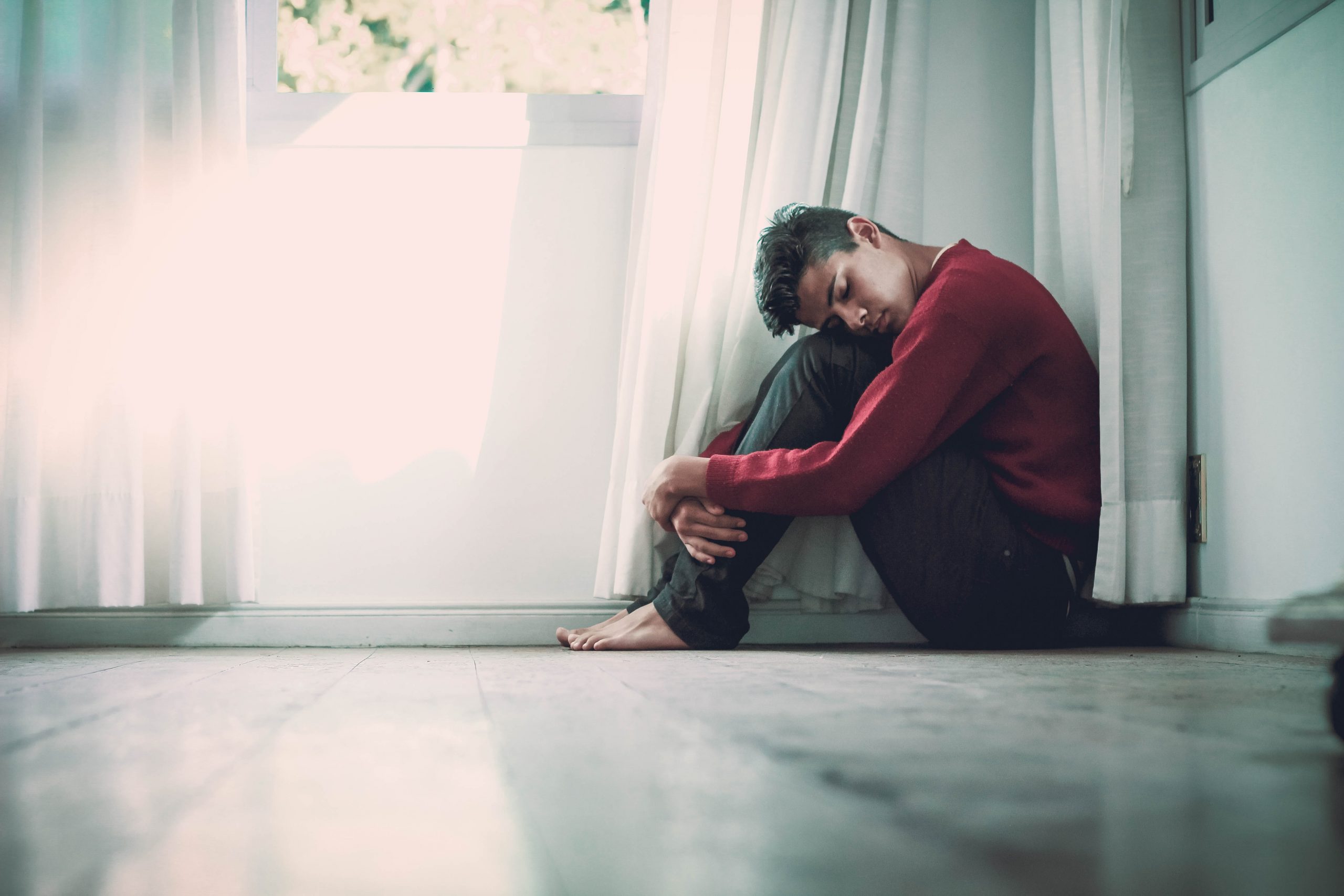Following a year of lockdowns and uncertainty, it’s no wonder there is a clear surge in people experiencing loneliness. After all, we are instinctively social beings so when that need is not met, we naturally feel isolated. In this blog we explore the differences between feeling alone and feeling lonely and how you can help those who might be struggling.
In March 2020, the country was sent into lockdown following the rising cases of coronavirus. Two more lockdowns later, we are still in the midst of the pandemic with no obvious route out.
It is a scary and confusing time. We have seen people unable to see family and friends for months on end, with others having to shield themselves away from the rest of the world because the risks of catching the virus were too great.
Understandably there has been a huge rise in loneliness during this time which is in turn contributing to heightened feelings of anxiety and stress.
Feeling alone vs. feeling lonely
Loneliness is a very personal emotion. Everyone’s experience will be different but one thing we do know is that loneliness is not the same as feeling alone.
Some people are very happy to be alone with minimal human contact while others may experience loneliness because of this. Similarly, you could be in a crowded room full of people and still feel lonely.
Loneliness is being unable to connect with someone whereas feeling alone is the physical state of not being with someone else.
Loneliness does not discriminate, and it can have a negative impact on your mental health.
Making connections
Something that can help relieve the feelings of loneliness is making connections. This could be as simple as sending a text to a friend or a random act of kindness.
We would therefore like to encourage all of you to take five minutes out of your day to make a connection this week. Whether it’s to a loved one or someone you have not talked to in a while, you could make someone’s day!

 Back to The Blog
Back to The Blog